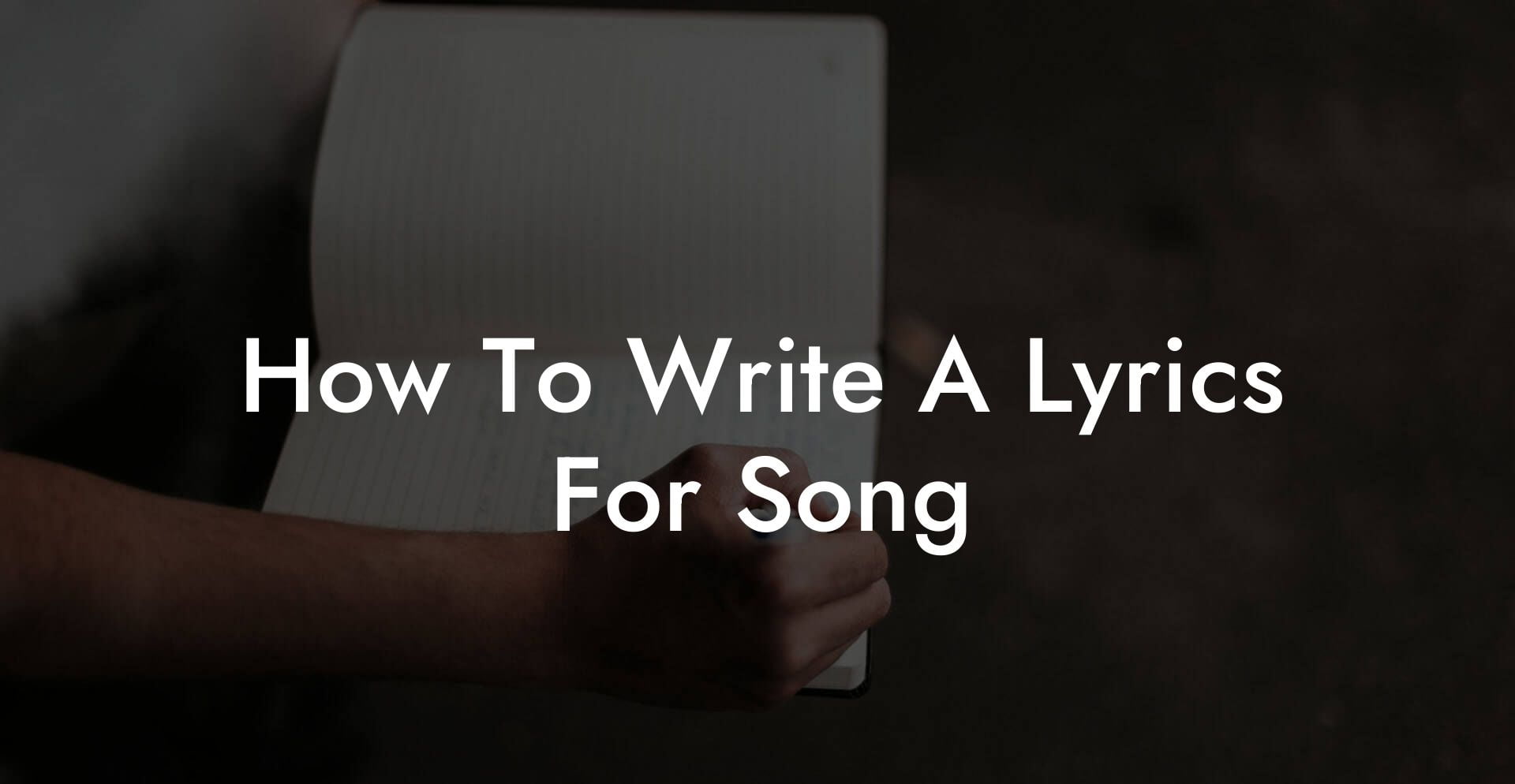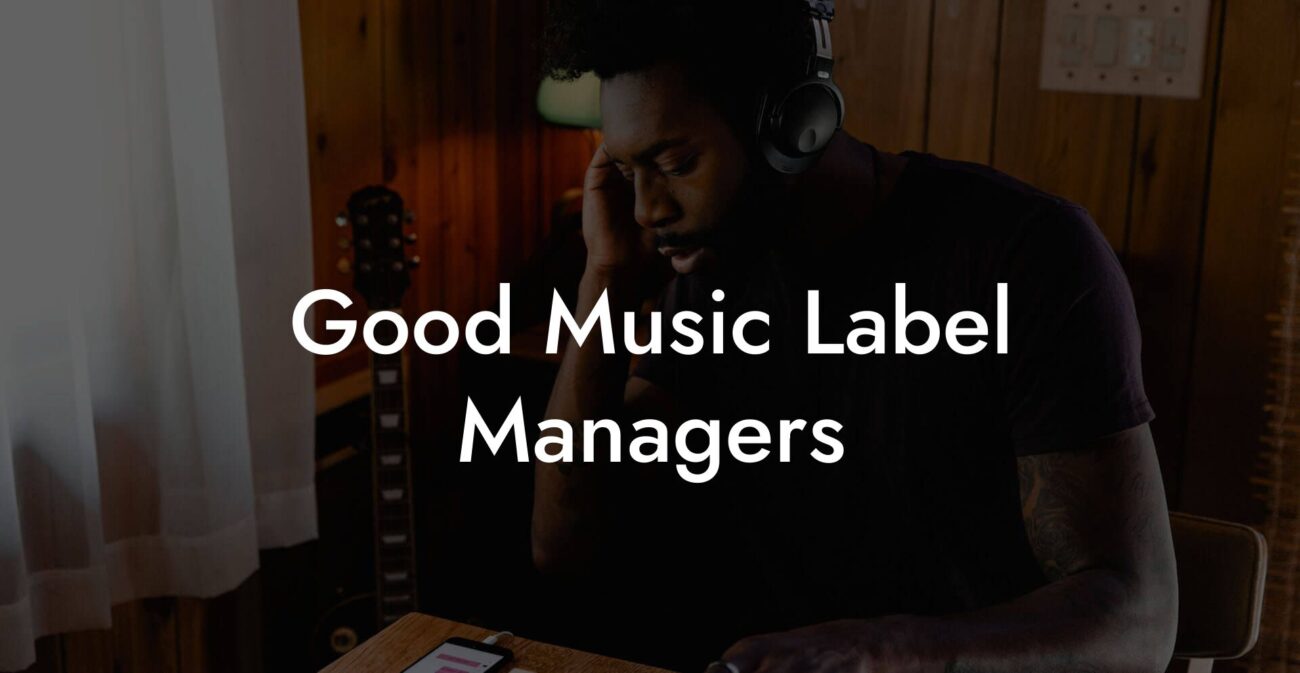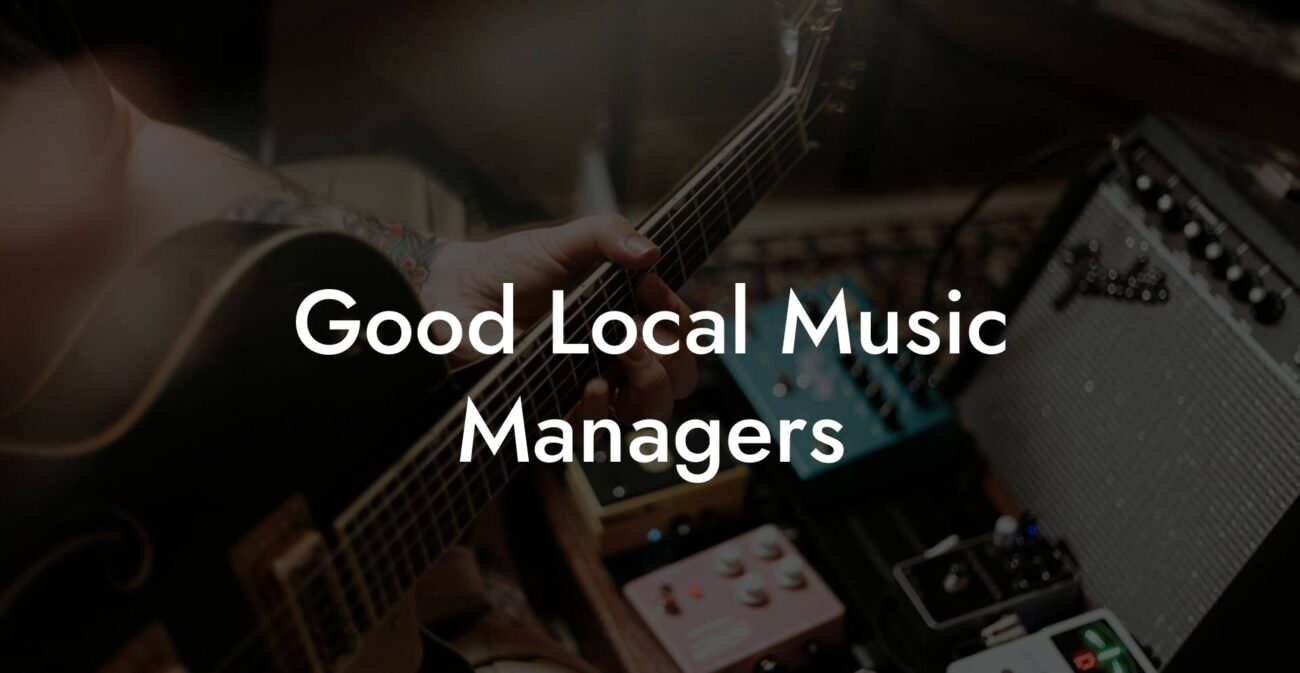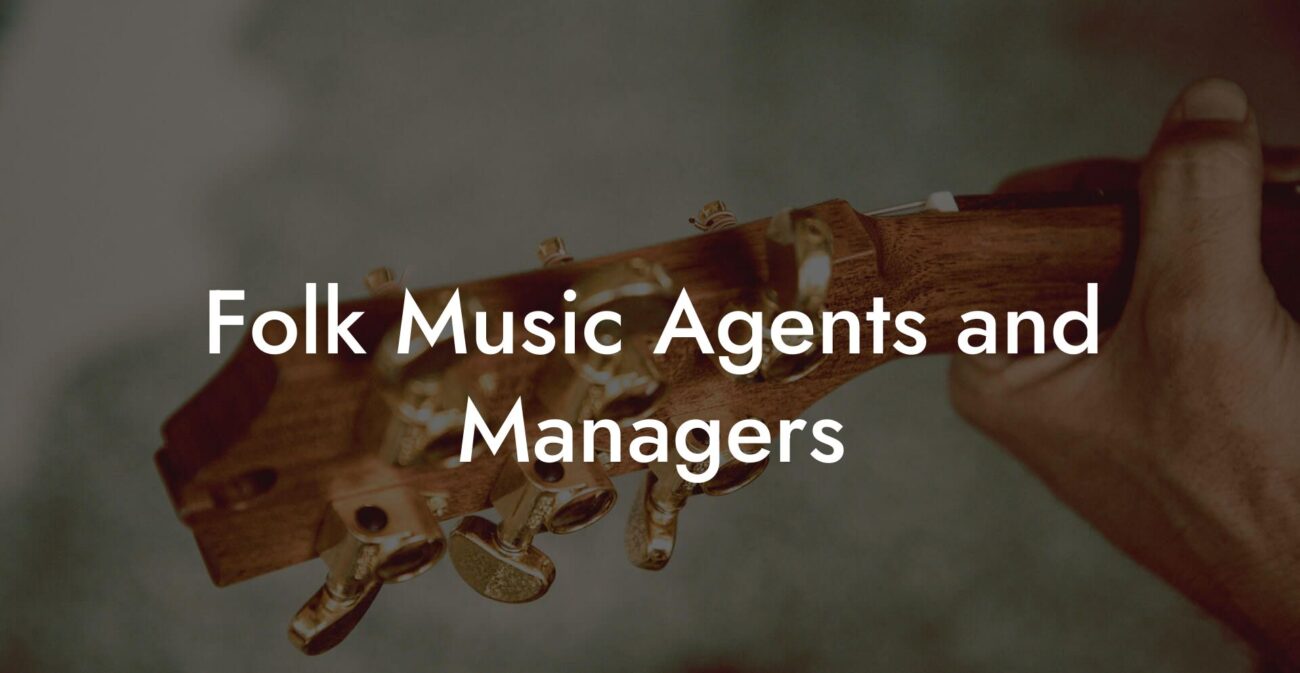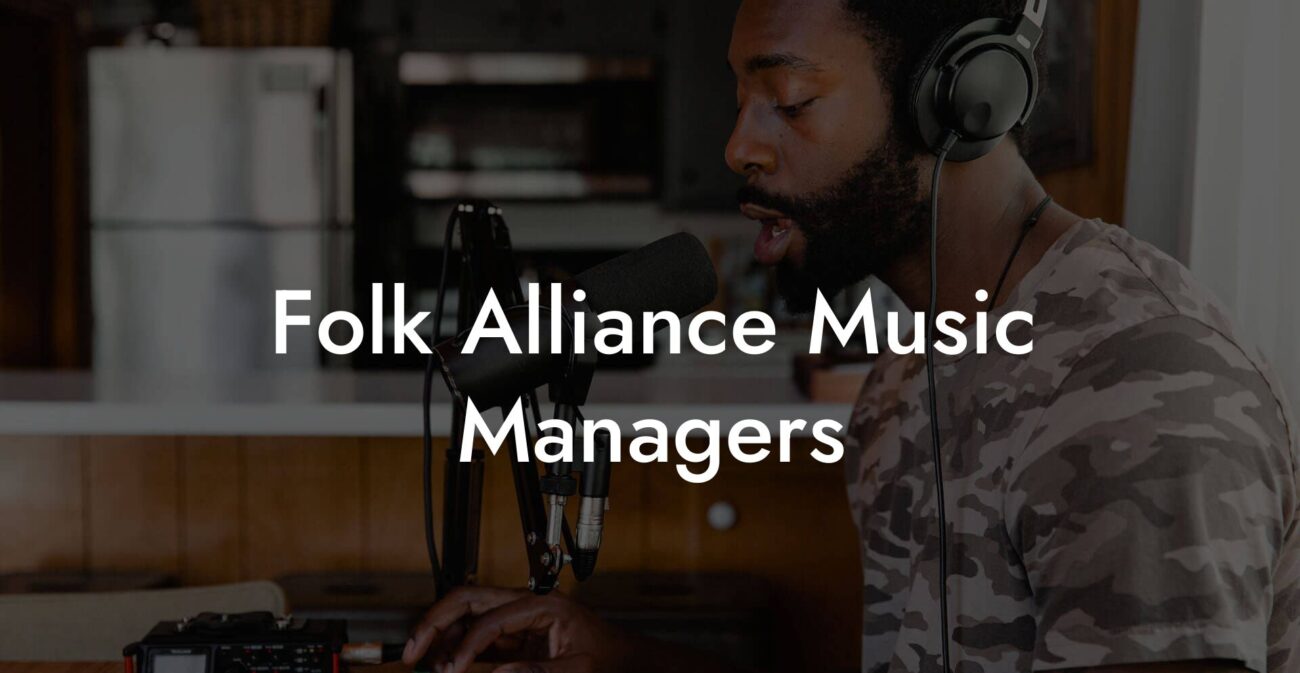Ever found yourself staring at a blank page, desperately trying to conjure up the perfect lyrics for your next hit song, only to end up mumbling, “Help me, Lyric Assistant, help me!”? Welcome to the ultimate guide on how to write lyrics for your song—a no-fluff, humorous, and downright real exploration into the art of transforming fleeting thoughts into catchy verses that speak to millennials, Gen Zers, and every music lover in between.
Looking to write your next song? Transform your creative ideas into songs that people will love, and skyrocket your music career with Lyric Assistant. The perfect songwriting assistant. Find out more →
Quick Links to Useful Sections
- Unlocking Your Inner Wordsmith: The Journey Begins
- The Art of Lyric Writing: Setting the Stage
- Finding Your Inspiration: Where Do Great Lyrics Come From?
- Everyday Moments Matter
- Journaling Your Life
- Music, Movies, and Memes
- Choosing Your Theme: Crafting a Mood, A Story, A Message
- Essential Lyric Writing Techniques: Structure, Rhyme, and Rhythm
- Establishing a Structure
- Rhyme Schemes and Patterns
- Rhythm and Flow: The Songwriter’s Pulse
- The Power of Editing: Crafting Perfection Through Revision
- Leveraging Technology: How Lyric Assistant Empowers Songwriters
- Integrative and Holistic Approaches to Crafting Lyrics
- Mind Mapping and Free Writing
- Immersing Yourself in Different Art Forms
- Balancing Structure with Spontaneity
- Collaborative Creation: The Power of Feedback
- Practical Exercises and Creative Writing Prompts
- How to Edit Like a Pro: Revising Your Lyrics
- Resources and Community Support: Your Next Steps
- Case Studies in Lyric Writing: Real-Life Creative Transformations
- Case Study 1: The Bedroom Poet Who Found Her Voice
- Case Study 2: From Social Media Scrolls to Chart-Topping Hooks
- Case Study 3: Reinventing the Anthem Through Collaborative Creation
- Overcoming Creative Blocks: Tips to Keep the Flow Alive
- Your Journey to Masterful Lyric Writing
- Frequently Asked Questions About Writing Song Lyrics
- Your Next Steps to Lyrical Mastery
Unlocking Your Inner Wordsmith: The Journey Begins
Songwriting isn’t just about clever wordplay or rhyming “heart” with “art.” It’s an intricate dance between emotion, inspiration, and a pinch of sheer determination. You, the modern musician, are not simply writing lyrics; you’re telling a story that resonates, challenges, and inspires. In this guide, we’re breaking down the process into digestible, actionable steps that you can take whether you’re a bedroom poet or a future chart-topper.
Picture this: It’s 3 a.m., your head is buzzing with creative energy fueled by late-night snacks and endless scrolling through social media. You’ve got the spark, but how do you channel that into lyrics that flow seamlessly from your heart? Whether you’re aiming for raw rap verses, soulful ballads, or quirky alt-pop hooks, this guide is your backstage pass to the lyric-writing studio.
The Art of Lyric Writing: Setting the Stage
Before we dive into rhyme schemes and metaphors, let’s set the stage. Writing lyrics is an art form that merges your personal experiences, emotions, and life lessons into a tapestry of words. It’s about more than just clever puns or catchy choruses—it’s about sparking emotions in your audience and making them feel like they’re a part of your narrative.
At its core, lyric writing is an act of vulnerability. It’s about sharing a piece of your soul, your thoughts, and your dreams in a way that others can connect with. And guess what? There’s no one-size-fits-all formula here—every lyricist has their own unique process. Some might start with a melody and let the words follow, while others begin with a provocative line and build the song around it.
Write Lyrics Like a Professional Songwriter
The ultimate songwriting tool that takes your creative vision to the next level! With just a few clicks, you can unleash your inner songwriter and craft a hit that's uniquely yours. Your song. You own it.
But whether you’re a free-form writer or a structured poet, understanding the fundamentals of songwriting is crucial. The techniques and strategies we’re about to explore will help you tap into your inner muse, harness your creativity, and create lyrics that are authentic, relatable, and downright catchy.
Finding Your Inspiration: Where Do Great Lyrics Come From?
Inspiration can come from anywhere: that intense conversation with your best friend, a breakup that shattered your heart into a million pieces, or even a perfectly brewed cup of artisan coffee. The modern world is a smorgasbord of emotions and experiences just waiting to be transformed into lyrics.
Everyday Moments Matter
Often, the most profound lyrics stem from the simplest moments. Whether it’s a random encounter on your daily commute or a nostalgic memory from childhood, what matters is how you interpret these moments through your own unique lens. Embrace the ordinary, and let the magic of storytelling transform it into something extraordinary.
Journaling Your Life
A great trick to capture fleeting thoughts is to carry a journal (or use your favorite note-taking app). Scribble down feelings, phrases, or snippets of conversation—you never know when a stray thought might spark a revolutionary chorus. This habit not only sharpens your observation skills but also ensures you have a treasure trove of ideas at your fingertips when the writer’s block rears its ugly head.
Music, Movies, and Memes
Consume art in all its forms. Listen to music from different genres, binge a critically acclaimed drama, or even laugh at a meme that perfectly sums up your mood. Each medium feeds your creativity in unexpected ways. Remember: inspiration is omnipresent, and every experience is a potential lyric waiting to be written.
Choosing Your Theme: Crafting a Mood, A Story, A Message
Once you’ve gathered enough inspiration, it’s time to decide on the central theme of your song. Are you crafting an anthem of self-empowerment, a bittersweet ballad about lost love, or maybe a playful ode to chasing your dreams? The theme sets the emotional tone and guides your creative process.
Think of your theme as the heart of your song. Everything else—the words, the melody, the arrangement—pulses from that central beating. For instance, if you choose a theme of resilience amidst adversity, every line of your lyric should echo that sentiment. The specificity of your theme not only imbues your song with authenticity but also helps your audience connect with the underlying message.
To pinpoint your theme, ask yourself: What emotion or narrative drives me? Which experience or idea am I most passionate about sharing? Once you have your answer, let that passion permeate every word you write.
Essential Lyric Writing Techniques: Structure, Rhyme, and Rhythm
Now that you have a wellspring of ideas and a clear theme, it’s time to mold your raw inspiration into structured, captivating lyrics. Here, we dive into some tried-and-true techniques that seasoned songwriters swear by.
Establishing a Structure
Every hit song has a structure—a blueprint that gives your lyrics a defined shape. Whether you follow the classic verse-chorus-verse pattern or experiment with non-traditional formats, having a structure helps anchor your message. Common structures include:
- Verse-Chorus-Verse-Chorus-Bridge: The quintessential format that builds up to an unforgettable hook.
- Verse-Verse-Bridge-Verse: A narrative style that deepens the storyline with each successive verse.
- Free Form: Let your creativity flow without restrictions—a style perfect for experimental and alternative tracks.
Choose a structure that best suits your narrative and let it guide your writing process. Remember, the structure is like the skeleton of your song—once it’s in place, you can flesh it out with all the creative nuances you desire.
Rhyme Schemes and Patterns
Rhyme schemes give your lyrics musicality and flow. From simple AABB patterns to more complex ABAB or even internal rhymes, experimenting with different patterns can elevate your lyrics from mundane to mesmerizing. It’s important, though, not to get too caught up in perfection. Sometimes a near rhyme or a slant rhyme can add unexpected charm and authenticity to your piece.
Don’t be afraid to play with words. Imagine your lyrics as a puzzle where each rhyme is a piece that fits perfectly into the overall picture. If a line feels forced, try rearranging your words or utilizing synonyms until the melody of your verse sings true.
Rhythm and Flow: The Songwriter’s Pulse
Just like a heartbeat, the rhythm in your lyrics is what gives them life. Pay attention to the cadence of your words—read them out loud to hear how they flow. A well-crafted lyric will have a natural rhythm that complements your melody. Experiment with different tempos by tapping your foot or clapping along to find that perfect groove.
Integrating pauses, speeding up, or slowing down certain parts of your verse can add dynamics and keep your listeners engaged. This is where your personal style shines through—embrace the freestyle moments and let your natural flow take over.
The Power of Editing: Crafting Perfection Through Revision
Rarely does the perfect lyric come out in the first draft. Writing is a process, and the revision stage is where your work truly matures. Think of your initial draft as a rough sketch; now is the time to refine, polish, and add the finer details that make your song resonate.
Read your lyrics aloud. How do they sound? Does each line convey the intended emotion? If not, don’t hesitate to cut lines that feel redundant, rework clunky phrases, or add new lines that capture your evolving ideas. The iterative process of writing and rewriting is where the magic happens.
Leveraging Technology: How Lyric Assistant Empowers Songwriters
In a world where technology is king, why write lyrics the old-school way when you have digital powerhouses like Lyric Assistant at your fingertips? This tool isn’t about replacing your creative genius—it’s about enhancing and amplifying it.
Imagine having a virtual writing partner that offers suggestions, helps structure your verses, and even fine-tunes your rhyme schemes. Lyric Assistant can spark ideas when your creativity dips and provide insights derived from popular trends and timeless classics. It’s like having a backstage pass to the songwriting industry without having to wait in line.
Whether you’re using it as a brainstorming tool or a final proofreader, leveraging state-of-the-art technology can be a game-changer. It helps you navigate the sometimes overwhelming process of writing lyrics by offering a framework that keeps your ideas flowing and your verses tight.
Best of all, these digital tools are designed with you in mind—combining the latest in creative algorithms with an understanding of popular culture to make sure your lyrics are not only innovative but also resonate with today’s audience.
Integrative and Holistic Approaches to Crafting Lyrics
Writing a song lyric can feel like some form of modern alchemy: blending words and emotions until something magical emerges. One of the most transformative approaches to lyric writing is treating the creative process as a holistic, integrative experience. This means that your lyrical journey is not isolated to the blank page but is nurtured by your mind, body, and environment.
Mind Mapping and Free Writing
Before you even think about rhymes or melodies, try stepping back and letting your thoughts flow. Free writing and mind mapping allow you to pour all your ideas onto paper without the constraints of structure or judgment. Set a timer for ten minutes, turn off your inner critic, and write whatever comes to mind. You might be surprised at the raw, unfiltered emotion that surfaces—a secret goldmine for potential lyrics.
Immersing Yourself in Different Art Forms
Sometimes, a change in perspective is just what you need. Attend a live show, watch a critically acclaimed film, or even dive into a book that stirs your soul. These experiences feed your creative well, offering new angles, narratives, and emotions that can be woven into your lyrics.
Balancing Structure with Spontaneity
A holistic approach strikes a balance between disciplined writing and unbridled creativity. While structures like rhyme schemes and verse arrangements provide a necessary framework, spontaneity fuels innovation. Allow yourself to deviate from the planned path—maybe an off-beat line or an unconventional metaphor will be the hook that turns your song into a masterpiece.
The key is to blend technique with raw inspiration. Recognize that every moment, every emotion, is a potential lyric. Embracing this integrative style helps you develop a writing process that is adaptive, authentic, and truly reflective of your creative spirit.
Collaborative Creation: The Power of Feedback
Let’s be honest—a song isn’t created in isolation. Even the most iconic tracks are the result of collaborative magic. Sharing your work with trusted friends, fellow musicians, or even posting snippets on social media can open up a world of constructive feedback.
Look for communities where creative minds converge. Whether it’s an online forum, a local open mic night, or a songwriting workshop, feedback can illuminate blind spots in your lyrics and spark fresh ideas. Don’t be afraid to take criticism—consider it a valuable tool in refining your craft.
Think of it this way: You’re not just a writer; you’re part of a creative collective where every shared idea adds to the mosaic of your artistry. The collaboration process might involve swapping verses, co-writing sessions, or even friendly rap battles where ideas fly faster than the beats.
Practical Exercises and Creative Writing Prompts
Let’s get practical. Sometimes, the best way to break free from writer’s block is to engage in exercises specifically designed to awaken your creativity. Here are a few prompts to get your lyrical juices flowing:
- The Daily Snapshot: Write a verse about something mundane—a rainy morning, a haircut, the smell of freshly baked bread. Spin it into a narrative that’s wildly relatable.
- The Emotion Roller Coaster: Pick an emotion—joy, sorrow, excitement—and write a short piece that captures that feeling in vivid detail. Use sensory language to transport your listeners.
- Word Association: Start with a random word (e.g., “sunrise,” “whiskey,” “neon”) and let your thoughts branch out. Write a verse that connects seemingly unrelated ideas.
- Rewrite the Classics: Take a well-known lyric and reimagine it in your own style. This isn’t about copying—it’s about understanding what makes that line work and then infusing your own perspective.
These exercises are not just warm-ups; they’re creative sparring matches. They challenge you to break old habits, think outside the box, and often lead to those “Eureka!” moments when all the pieces come together.
How to Edit Like a Pro: Revising Your Lyrics
Once your initial draft is out, the next critical phase is refining and editing your lyrics. Editing is where your rough diamond gets polished into a gem. This stage involves re-evaluating your lines, tightening your rhymes, and ensuring every word packs a punch.
Here are some tips to guide you through the editing process:
- Read Out Loud: This helps you catch any awkward phrasing or off-beat rhythm that isn’t apparent on paper.
- Step Away: Sometimes, a short break can give you fresh eyes when you come back to your draft.
- Cut the Fluff: Remove any redundant words or clichés that dilute your message. Every word should earn its place in the verse.
- Experiment: Don’t be afraid to shuffle lines around or try alternate wording. The iterative process is where creativity and precision meet.
- Seek Feedback: Bring in a trusted friend or collaborator for a second opinion. They might catch nuances that you’ve overlooked.
Editing isn’t about stripping away your voice—it’s about honing it, so your final piece resonates louder and more clearly with your audience.
Resources and Community Support: Your Next Steps
Now that you’re armed with techniques, practical exercises, and a sprinkle of technological magic courtesy of Lyric Assistant, it’s time to take the plunge. Consider these resources and community tips to elevate your songwriting game:
- Online Songwriting Communities: Join forums and social media groups where fellow writers share feedback, inspiration, and support. Platforms like Reddit’s r/Songwriting or dedicated Facebook groups are great places to start.
- Workshops and Local Meetups: Find local songwriting workshops or open mic nights. Interacting with other creatives in real life can provide invaluable insights and creative partnerships.
- Books and Podcasts: Dive into literature and podcasts focused on songwriting and creative writing. Whether it’s insights from legendary lyricists or hands-on creative exercises, these resources can reignite your passion.
- Music Production Software: Experiment with digital audio workstations (DAWs) like Ableton, FL Studio, or Logic Pro alongside lyric writing. Sometimes hearing your words amid a beat can inspire further creativity.
- Lyric Assistance Tools: Embrace apps that help with brainstorming, rhyme suggestions, and structure. Tools like Lyric Assistant are designed to merge technology with your creative processes seamlessly.
The songwriting journey is a continuous loop of inspiration, creation, feedback, and refinement. The more you immerse yourself in creative communities and utilize available resources, the more your lyrical prowess will grow.
Remember, every hit song started with a single line. Your next step is to jot that line down, build around it, and let your unique voice shine through.
Case Studies in Lyric Writing: Real-Life Creative Transformations
Let’s take a look at some real-life examples where artists transformed everyday musings into chart-topping lyrics:
Case Study 1: The Bedroom Poet Who Found Her Voice
Meet Alex—a self-taught musician who started scribbling lyrics on napkins during late-night subway rides. Initially overwhelmed by the pressure to be ‘perfect,’ Alex began using a blend of free writing and structured exercises. Over time, her raw, conversational style evolved into poignant verses that captured the heartache and hope of millennial life. Today, her tracks resonate with thousands who see their own struggles and triumphs reflected in her words.
Case Study 2: From Social Media Scrolls to Chart-Topping Hooks
Jamal was a social media junkie, consuming endless snippets of trending quotes, memes, and viral challenges. One day, he decided to channel that instantly relatable content into a rhythmic rap. By combining his digital inspirations with rigorous editing sessions and constructive community feedback, he honed his version of lyrical authenticity. His breakthrough track not only dominated playlists but also sparked conversations about the intersection of internet culture and real emotion.
Case Study 3: Reinventing the Anthem Through Collaborative Creation
In a bustling co-working space for creatives, Maya partnered with other aspiring songwriters to create a community-driven anthem. Each collaborator brought a unique perspective, leading to a fusion of styles that was both eclectic and refreshing. With the support of collective brainstorming sessions and regular feedback loops, Maya’s once rough draft morphed into an electrifying anthem that became the talk of local open mic nights.
These case studies remind us that the journey of lyric writing is as diverse as the artists themselves. Whether you’re refining a melancholic ballad or crafting an upbeat pop hit, the key lies in embracing your unique voice and remaining open to evolution.
Overcoming Creative Blocks: Tips to Keep the Flow Alive
Every songwriter has been there—staring at a blinking cursor, feeling the weight of the silent page, and wondering if the muse has left town forever. Creative blocks can be frustrating, but there are ways to hack through them and jumpstart your flow.
Here are some tips to combat the dreaded writer’s block:
- Change Your Environment: Sometimes, simply moving to a new location—be it a bustling cafe, a quiet park, or a cozy corner of your home—can recharge your creativity.
- Set Mini-Challenges: Give yourself small, time-bound tasks like writing a four-line verse in 10 minutes. The pressure of a deadline can often push creativity into overdrive.
- Listen to Different Genres: Step out of your musical comfort zone. Listening to unfamiliar styles can spark new ideas for your own work.
- Collaborate or Take a Break: Sometimes, discussing your ideas with a friend or deciding to step away for a bit is exactly what you need. A fresh perspective can reignite the creative flame.
Know that creative blocks are a natural part of the process. With patience, persistence, and the willingness to experiment, you can overcome any obstacle and keep your lyrical lights blazing.
Your Journey to Masterful Lyric Writing
Embracing the craft of lyric writing is an ongoing adventure—a blend of structured technique, raw emotion, and the willingness to take risks. As you navigate this journey, remember that every imperfect line is a stepping stone towards truly compelling lyrics.
From finding inspiration in everyday moments to harnessing technology with tools like Lyric Assistant, each step in the process brings you closer to finding your unique voice. Embrace the process, be open to collaboration and feedback, and don’t be afraid to rewrite the rules if it means capturing that elusive perfect phrase.
The real magic lies in the journey itself—the late nights of self-discovery, the breakthrough moments, and even the moments of frustration that eventually give way to brilliance. This guide is not just a series of steps; it’s an invitation to be bold, experimental, and unapologetically yourself as you craft lyrics that resonate.
So grab your notebook, fire up your favorite lyric-writing app, and dive headfirst into the creative process. Your next hit song is waiting to be written, and the world is ready to listen.
Frequently Asked Questions About Writing Song Lyrics
We know you might have burning questions about the intricacies of lyric writing. Here are some of the most common ones, along with answers to guide you on your songwriting journey:
1. How do I overcome writer’s block when writing lyrics?
Writer’s block is a common hurdle. Try changing your environment, use free-writing exercises, experiment with different musical genres, or take a short break. Sometimes stepping away helps you return with fresh ideas.
2. What should I focus on first: the melody or the lyrics?
There’s no right or wrong way—it depends on your creative process. Some artists start with a melody and let the lyrics follow, while others craft their words first and shape the melody around them. Experiment to see what suits you best.
3. Can I rely on rhyme generators or lyric assistant tools?
Yes! Tools like rhyme generators and Lyric Assistant can be valuable in sparking ideas, providing word suggestions, and helping structure your verses. They’re meant to enhance your creativity, not replace it.
4. How important is the structure of a song?
A solid structure provides a blueprint for your lyrics and ensures that your message is conveyed effectively. Experiment with traditional formats like verse-chorus-bridge or opt for free form—whatever helps your ideas flow.
5. How do I know if my lyrics are resonating with my audience?
Feedback is key. Share your work with trusted friends, communities, or use social media to test out your verses. Constructive criticism helps you refine your writing and ensures your lyrics strike the right emotional chord.
6. Should I write literal lyrics or use metaphors?
It’s all about balance. Literal lyrics work well for conveying clear messages, while metaphors add depth and creative flair. Experiment with both to see how they can complement your personal style.
7. How can I improve my lyrical vocabulary?
Regular reading, listening to diverse music, and practicing writing regularly can expand your vocabulary. Over time, incorporating new words and phrases will feel natural and enhance your writing.
The path to mastering lyric writing is paved with experimentation, feedback, and constant practice. Keep writing, keep refining, and let your creativity lead the way!
Your Next Steps to Lyrical Mastery
The journey to writing brilliant song lyrics is filled with experimentation, self-discovery, and a willingness to embrace imperfections. Every step, from the first spark of inspiration to the final round of editing, is an opportunity to hone your craft and uncover your unique voice.
Whether you’re using Lyric Assistant to kickstart your brainstorming sessions, finding inspiration in your everyday surroundings, or collaborating with fellow musicians, remember that the true beauty of songwriting lies in its authenticity. Your lyrics are your personal story—a blend of struggles, triumphs, humor, and raw emotion that helps you connect with listeners on a deeply personal level.
So, dive deep into your creative process, experiment boldly, and never be afraid to rewrite your narrative until it perfectly captures the essence of your song. The world is waiting for your next hit, and you have everything it takes to make it a reality.
Embrace the power of your words, elevate your creativity, and let your inner lyricist break free. Your journey to lyrical mastery starts now—get out there and create something unforgettable!
Write Lyrics Like a Professional Songwriter
The ultimate songwriting tool that takes your creative vision to the next level! With just a few clicks, you can unleash your inner songwriter and craft a hit that's uniquely yours. Your song. You own it.

